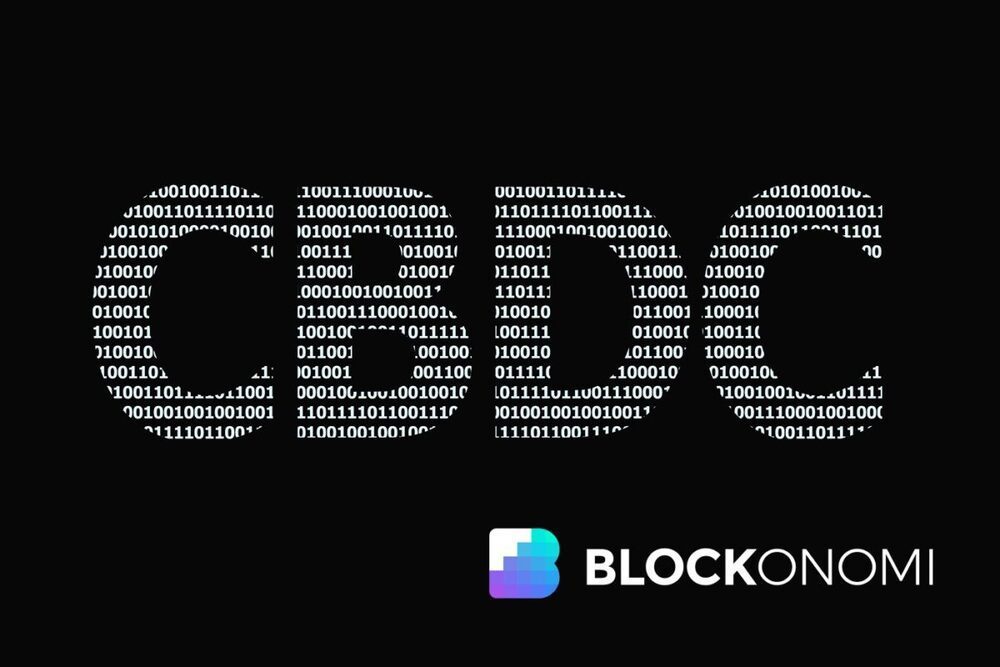
With over 100 experimental projects in the process, central bank digital currency, or CBDC has become a global trendsetter. Japan is also embracing this trend and making quick and drastic moves to issue its national digital currency.
Japan Credit Bureau (JCB), a Japanese international financial services provider, said that it will conduct central bank digital currency (CBDC) infrastructure testing.
It is probable that the project is part of the processing infrastructure possibilities for a Japanese CBDC, which is currently in the second phase of study undertaken by the Bank of Japan (BoJ).
Japan Will Likely Move Forward With CBDCs
The infrastructure project, titled JCBDC, will bring onboard two strategic partners: IDEMIA, a French biometric security technology company, and Soft Space, a Malaysia’s fintech giant. The goal is to enable the CBDC to work seamlessly on JCB’s existing financial infrastructure.
JCB previously invested about $5 million in Soft Space and a series of other business cooperation projects to fully exploit the strengths of the fintech model, accelerate cashless payments using advanced and competitive fintech technologies.
According to the press release, the test run will focus on three major aspects including a cashless payment solution, an issuance and distribution of plastic cards for CBDC, and a simulation of how CBDC works.
Following the completion of testing, JCB will modify mobile payment features and QR codes. The company expects to achieve CBDC settlement within its existing credit card systems by the end of 2022 and launch a pilot of its retail CBDC payments by the end of Q1, 2023.
In April 2021, the BOJ began a pilot operation of digital currencies for the first time. The BOJ has only stopped at a different test level with large commercial banks and has not yet established an official timeframe for distributing CBDCs to the general population.
It isn’t Coming Soon…
Japan’s CBDC testing is conducted in three parts. In the initial phase, BOJ and 3 Mega Bank, NTT Group, and JR East collaborated to develop a test CBDC exchange environment on the system, confirming the essential functionalities to ensure the cryptocurrency exchange runs smoothly.
The testing is currently in the second phase.
The Bank of Japan anticipates that retail CBDC (digital yen) will become the second most popular payment mode after cash, addressing the need for civil payments and laying the groundwork for the establishment of a digital society over the next few years.
JCB owns and operates one of the largest payment networks in Japan, servicing around 37 million merchants and over 140 million cardholders globally. The future of international transactions is cashless, with speed, security, safety, and precision.
Regulatory Shift in Stance to Cryptocurrencies
Aside from being more proactive with CBDCs, Japanese officials are also focusing on relaxing bitcoin laws, according to Bloomberg on Oct. 19.
The Japan Virtual Currency Exchange Association (JVCEA), which oversees the country’s cryptocurrency exchanges, intends to streamline the token listing procedure on cryptocurrency exchanges.
According to the press release, the organization is now allowing exchanges to apply to the JVCEA if they want to list a crypto asset.
The regulator will be in charge of assessing applications and determining if the token complies with applicable laws. Genki Oda, JVCEA’s vice president, verified the news.
The new regulatory change simplifies the formerly time-consuming and difficult verification process, reducing it from many months to a few weeks.
Bloomberg reports that the new procedure will go into place as early as December. Within 30 days of filing a request to the JVCEA, local platforms will be able to list a token. From April, this period should be reduced to two weeks.
Japan is becoming more open to digital technology and crypto technology, but the approach is cautious. Assets that are already listed continue to be closely monitored by regulators.
- Bitcoin
- blockchain
- blockchain compliance
- blockchain conference
- Blockonomi
- coinbase
- coingenius
- Consensus
- crypto conference
- crypto mining
- cryptocurrency
- decentralized
- DeFi
- Digital Assets
- ethereum
- finance
- machine learning
- non fungible token
- plato
- plato ai
- Plato Data Intelligence
- Platoblockchain
- PlatoData
- platogaming
- Polygon
- proof of stake
- W3
- zephyrnet













